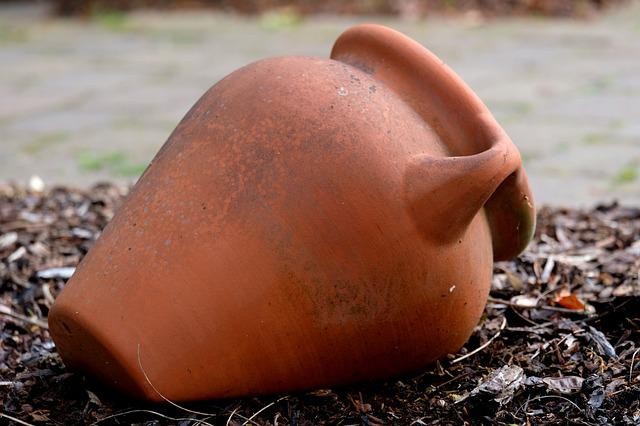
Discovering explosive 1,000-year-old hand grenades that were the time of Christian Crusaders in the holy land. Found unusual clay vessels in 11 to 12th century Jerusalem as a relic that contained explosive chemicals.
Ceramic Pots Used as Hand Grenades
A recent examination of antique ceramic pots from the 11th-12th centuries in Jerusalem has corroborated previous assertions that some of these containers were utilized as early hand grenades during the Crusades, reported the Sciencealert.
These Sphero-conical archaeological relics with a cone base can be seen in museums worldwide. Allegedly used for transporting liquids and as a smoking pipe, cited Met Museum.
Their flexibility and wide range of applications have been well documented, as well as the current research contributes to the argument that carrying explosives is also one of their roles, noted the Daily Mail.
Experts were able to look at the debris within four potsherds uncovered in the Armenian Garden location in Jerusalem's walled Old City from 1961-67 and housed in the Royal Ontario Museum and found that one vessel contained what might be explosive material.
According to says molecular archaeologist Carney Matheson from Griffith University in Australia, the investigation has revealed a variety of uses for these peculiar ceramic jars, including ancient explosive devices; mention Griffith University.
He went on to say that similar vessels were observed during the Crusades as grenades were launched against Crusader castles, producing loud sounds and dazzling flashes of light.
The researchers discovered that the other three vessels more likely included oils, perfumed substances, and medications through a series of chemical testing. That is consistent with what would be expected from a container of this type that might be a hand Grenades a 1,000-Year-Old.
Grande Hypothesis
A stoneware pot with very thick walls and no decoration, a fourth vessel had residue that indicated a chemical container for chemical pyrotechnics. Sulfur, and also mercury, and magnesium, were found in higher quantities than in the other pots and the surrounding soil.
Studies before pointed out that these pots, like this fourth vessel, may have held gunpowder (also called black powder), invented in China in the 9th century.
According to previous research, certain pots, such as this fourth jar, may have carried gunpowder (also known as black powder), which was invented in China in the 9th century.
The team behind the present study, on the other hand, reckons the chemical composition refers to a different explosive. Matheson said it is not black powder and is most likely a locally invented explosive substance.
They aren't excluding other possible applications for the fourth pot, such as a fuel source for a light or a container for oils, given the presence of fatty acids, which have been utilized in early heat weapons. They conclude that the grenade hypothesis is worth exploring more, not least because of the shape, size, and depth of the vessel.
Historical accounts of wars, including the siege of Jerusalem in 1187 CE, highlight the usage of weapons comparable to hand grenades. Relics identical to the one described in this study have been found elsewhere, mentioned Times of Israel.
It has been suggested that the grenades included a concoction known as Greek fire, but there is no consensus on what the formulation is. Its creators never documented the procedure of putting it together.
These explosive hand grenades 1,000-Year-Old were found to be a form of ancient explosive that is described in PLOS One.
Related article: Did the Blueprint for Life get its Start from Asteroids striking the Protean Earth Billions of Years Ago
© 2026 HNGN, All rights reserved. Do not reproduce without permission.








